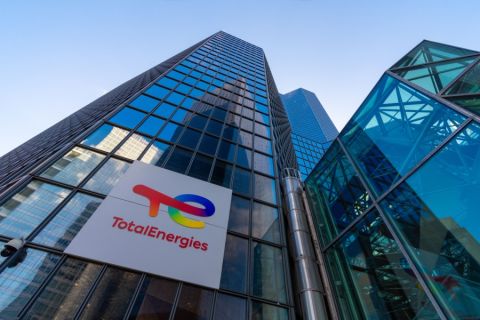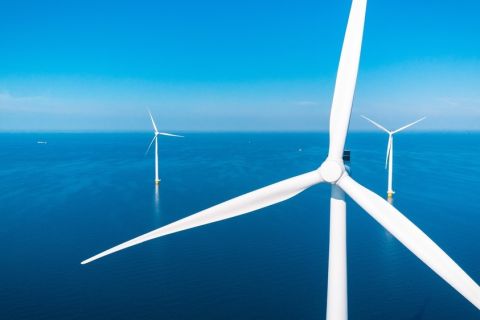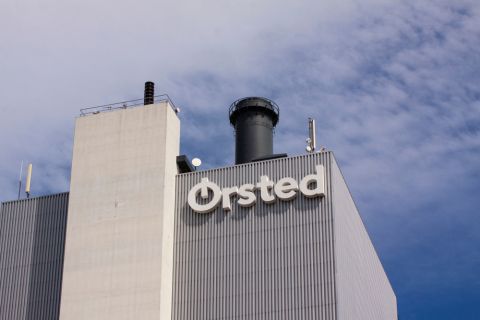In the next seven years, the liquefied natural gas (LNG) industry will see more growth than it did during its first 40, but there is enough uncertainty to create challenging decisions ahead, according to research and consulting firm Cambridge Energy Research Associates (CERA). "Huge investments in LNG are under way and irreversible," says Michael Stoppard, CERA senior director, global LNG. "On the upstream supply side, where most of the money is spent, global needs justify major spending increases. Planned LNG supplies are not an overreaction nor an overbuild." Not all LNG projects will make commercial returns, and not all parts of the LNG value chain will create value, he adds. Returns will vary by project and across different parts of the value chain according to relative surpluses and constraints. CERA has arrived at two scenarios to describe alternative paths for the global LNG industry to 2020. The main differences between the scenarios "competitive rim" and "high seas" are the level of economic growth, the state of international relations and assumptions about pipelines, says Stoppard. The competitive-rim scenario includes friendly international relations, free trade, strong economic growth and easy access to capital, fast-track market liberalization, and increasing overall energy demand. These conditions are also favorable to development of major transnational pipeline projects, which sometimes compete directly with LNG. The high-seas scenario includes deteriorating international relations, terrorism fears, a retreat from free trade, poor economic growth and slow market deregulation. LNG will have advantages over pipeline alternatives in terms of flexibility, security and financing, he adds. A small group of players with strong balance sheets will dominate the gas scene. Second-tier players will develop alliances to minimize risk. CERA expects 216% growth in LNG trade through 2020 under the competitive-rim scenario and 150% in the high-seas scenario.
Recommended Reading
TotalEnergies Launches Wind Project to Power North Sea Platform
2024-08-29 - TotalEnergies’ floating offshore wind turbine will be located 2 km west of the Culzean gas production platform and is expected to be fully operational by year-end 2025.
Energy Transition in Motion (Week of Sept. 6, 2024)
2024-09-06 - Here is a look at some of this week’s renewable energy news, including $7.3 billion in clean energy funding for rural Americans.
Equinor, Dominion Place Winning Bids in US Offshore Wind Sale
2024-08-14 - The offshore wind lease sale for two areas in the Central Atlantic brought in nearly $93 million, according to the U.S. Bureau of Ocean Energy Management.
Energy Transition in Motion (Week of Oct. 11, 2024)
2024-10-11 - Here is a look at some of this week’s renewable energy news, including nearly $7.9 million in bids for geothermal leases in Nevada.
Ørsted, Mission Clean Energy Form Energy Storage JV
2024-08-08 - The initiative marks Ørsted’s first standalone battery storage partnership in the U.S. and globally.
Comments
Add new comment
This conversation is moderated according to Hart Energy community rules. Please read the rules before joining the discussion. If you’re experiencing any technical problems, please contact our customer care team.




